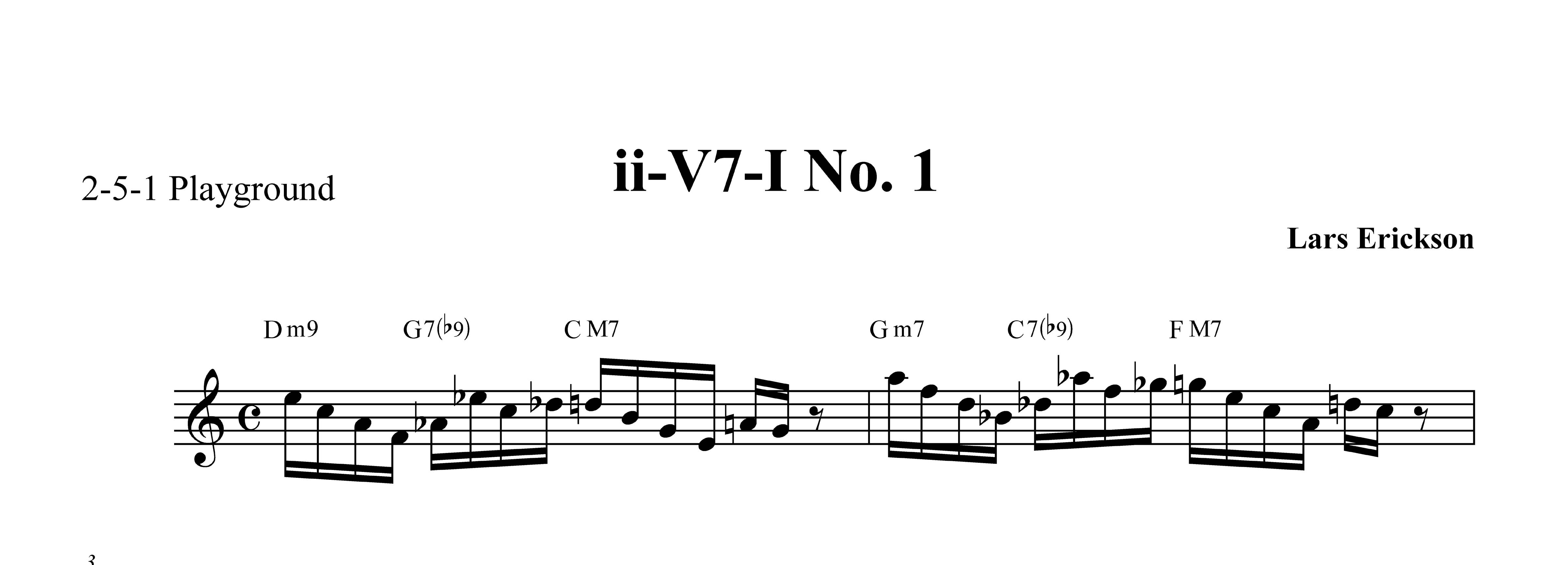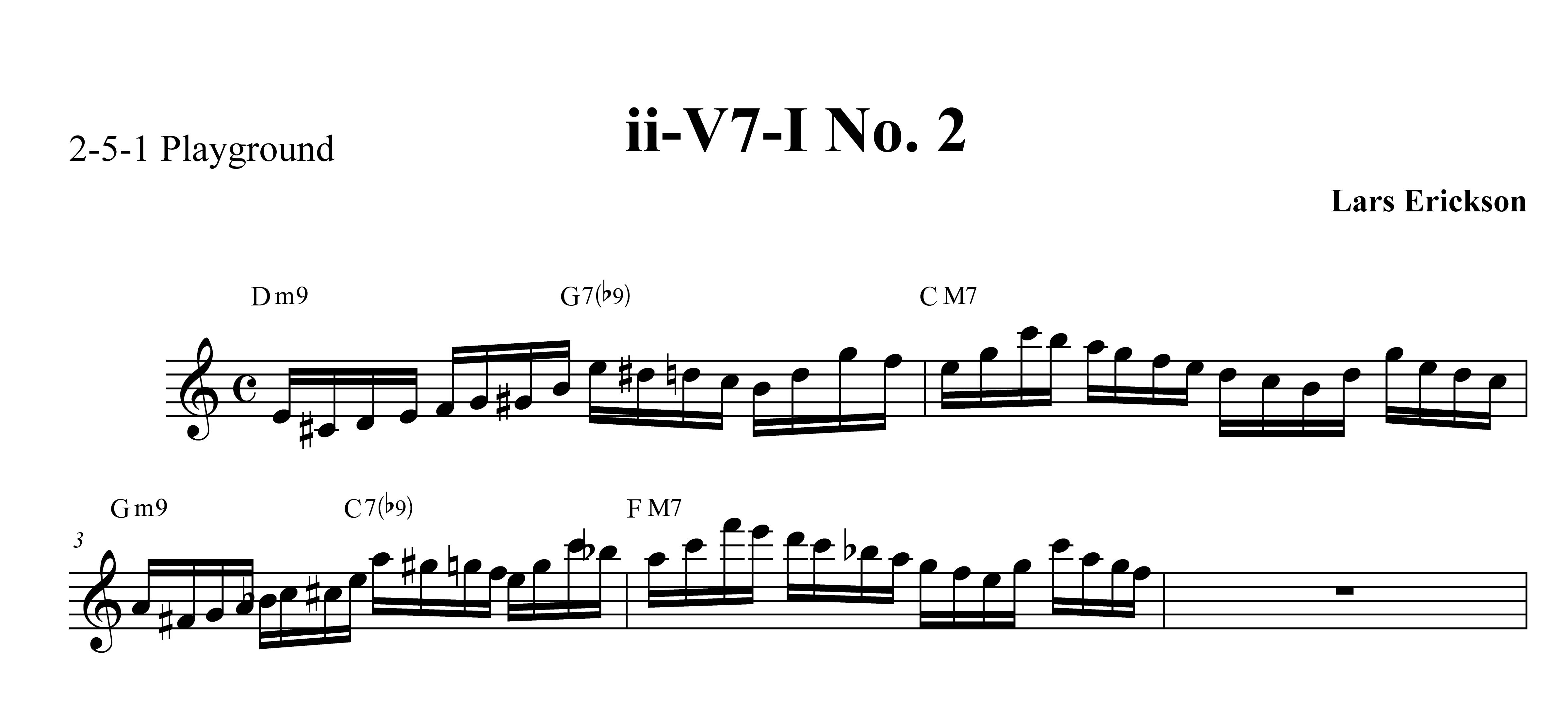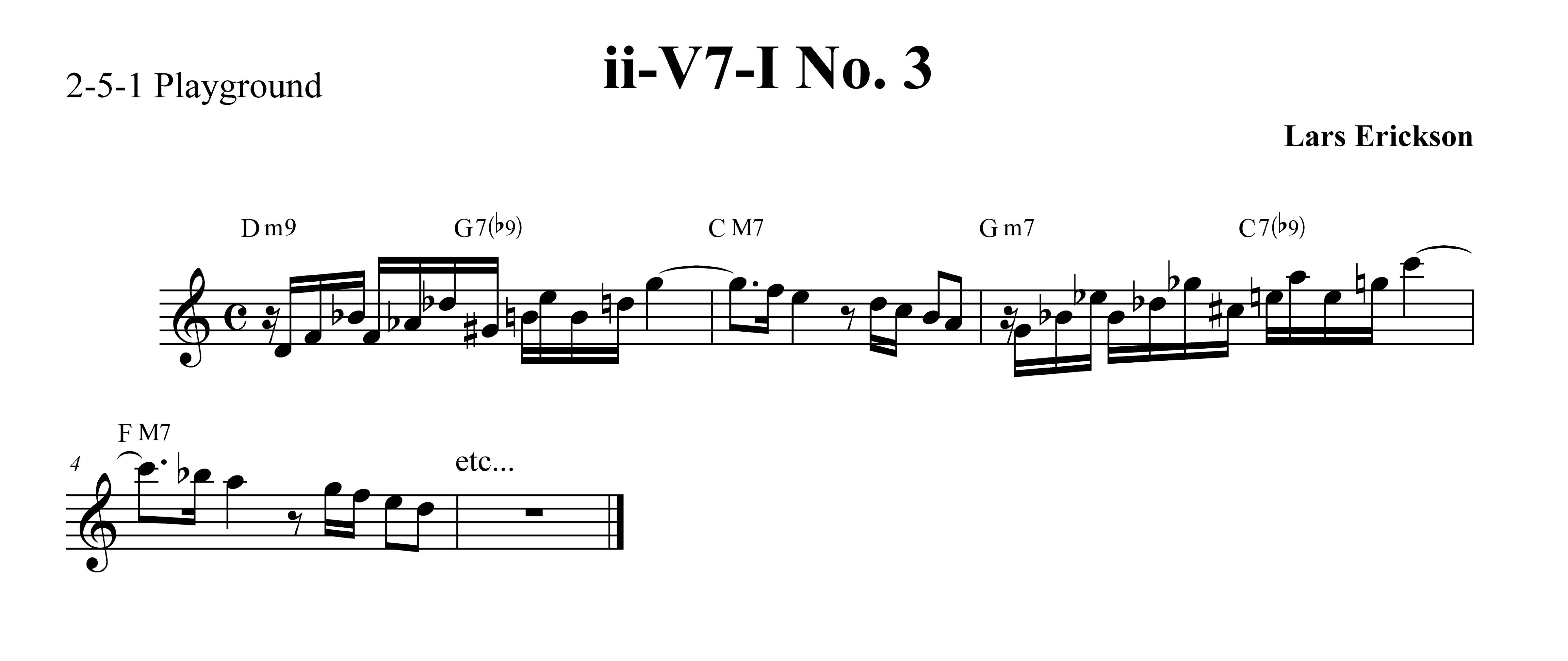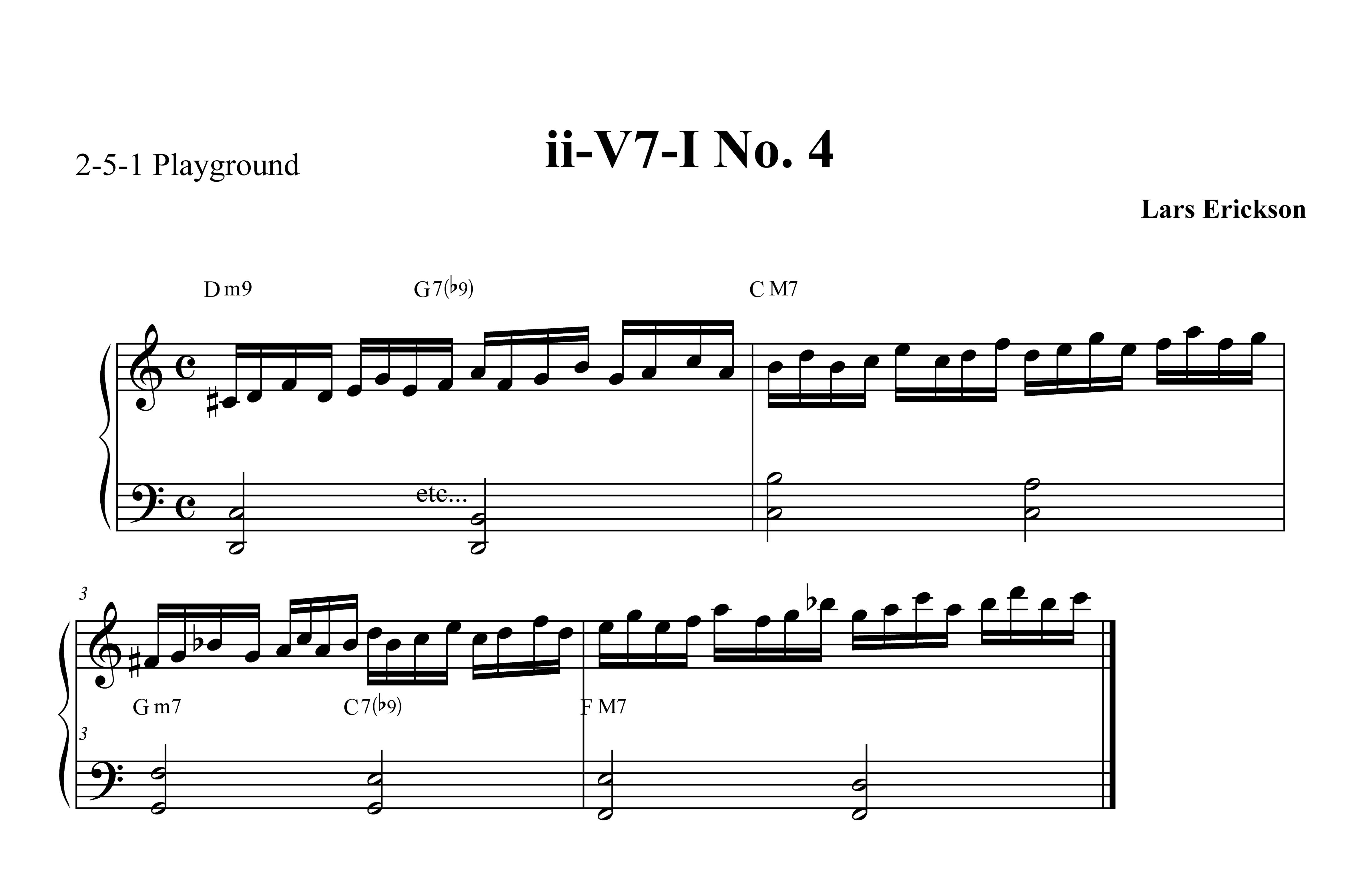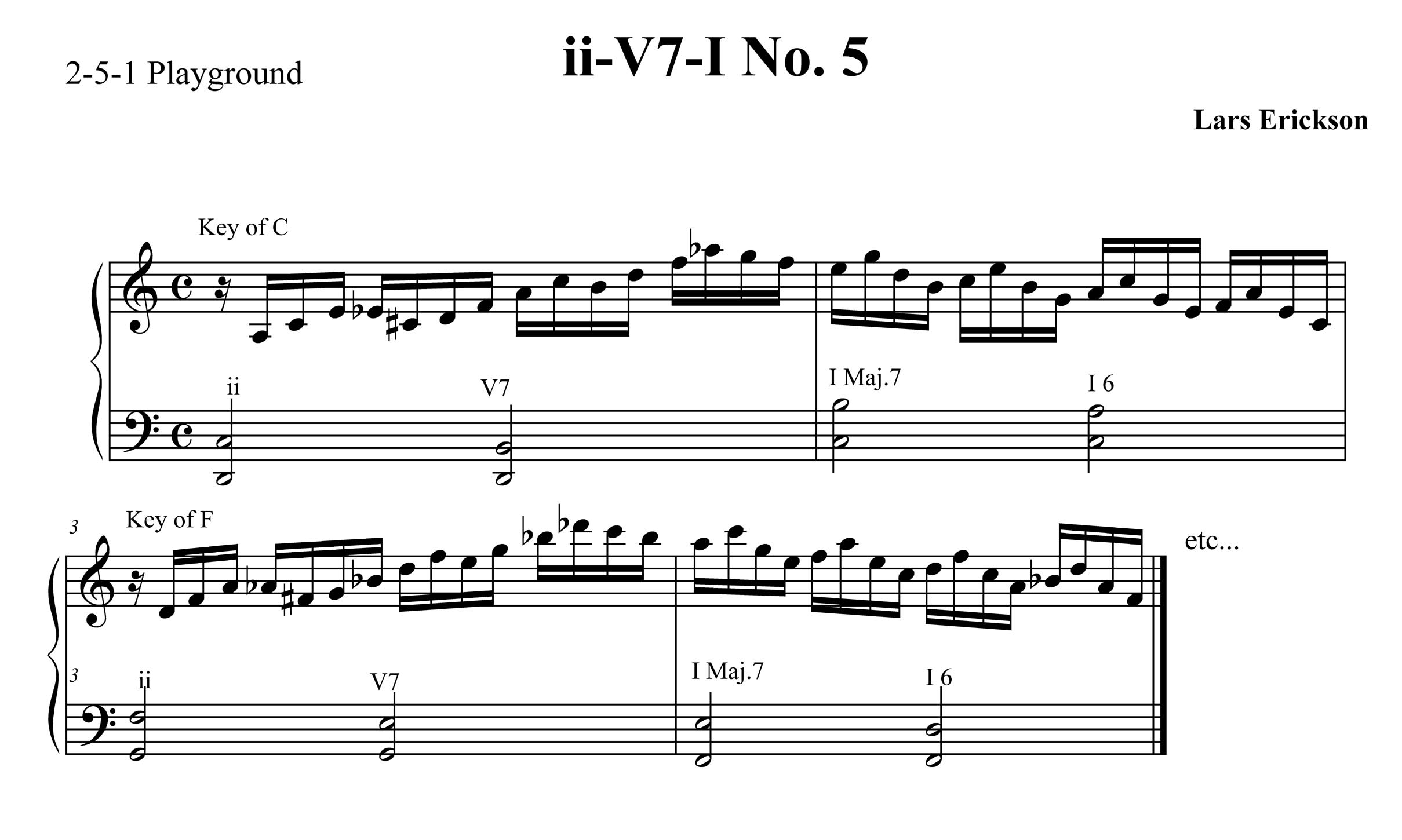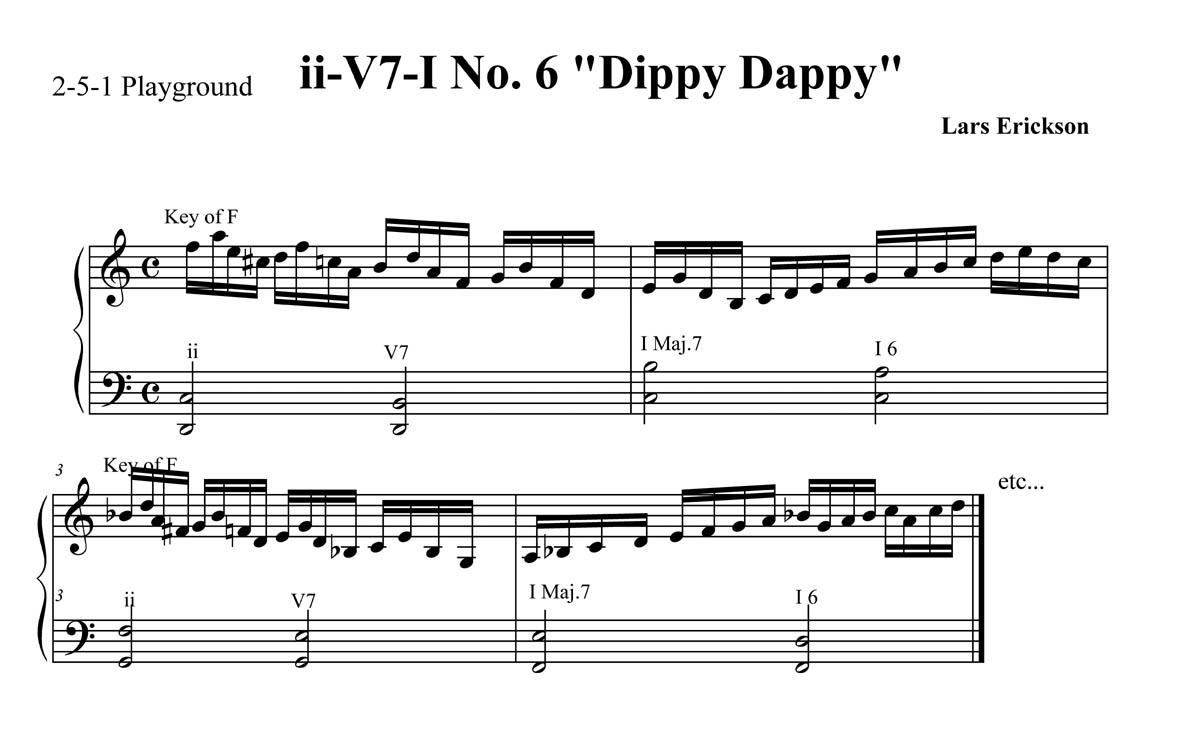|
|
Welcome to the Two Five One Playground. If you want to play be-bop jazz, there are lots of materials out there to choose from. I like to transcribe the parts of solos that I find original, then isolate the 'lick' that
stands out, then play it in all twelve keys. So many of these are over the 2-5-1 changes, that I decided to start documenting the ones I have found over the years.
A 2-5-1 change is, arguably, the most common building block of jazz. To give you an idea of what it is, it is a chord progression. In whatever key you happen to be playing in, the 'TWO' change is a minor chord, a full step up from the 'root' ( the key you are in). The 'FIVE' change, is a dominant 7th chord, a perfect fifth up from the 'root', and the 'ONE', is a major 7 chord in the key.
To be a cool be-bop player, set your metronome on 'slow', play the examples, then transpose and play in
all keys. I like to go in order of the circle of fifths. In other words, start in, say, the key of C, so the 2-5-1 is D minor, G seven, and C Major seven. ( Dm G7 CM7 ) then next play it in the key of F. In that key, the chords are ( Gm C7 FM7 )... and so on. Here's a list of the twelve keys, and the 2-5-1 progressions for each, in the order of the circle of fifths.
|

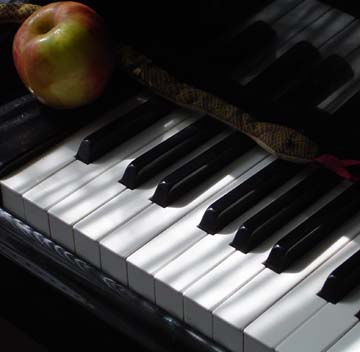 Lars' Creative Warehouse
Lars' Creative Warehouse








